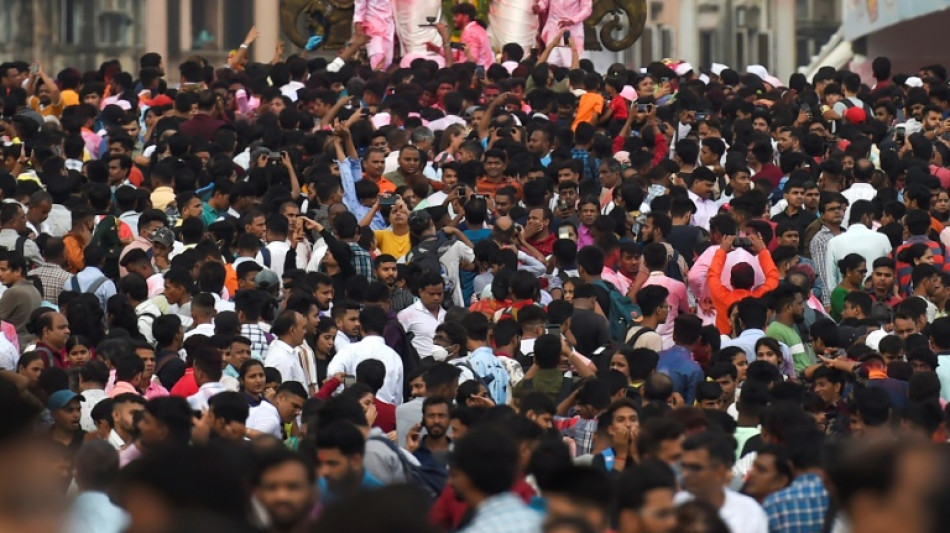
-
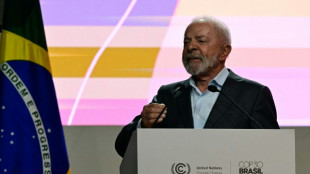 Brazil's Lula urges 'defeat' of climate deniers as COP30 opens
Brazil's Lula urges 'defeat' of climate deniers as COP30 opens
-
Strangled by jihadist blockade, Malians flee their desert town
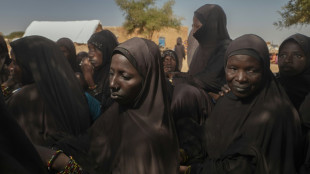
-
 US Supreme Court declines to hear case challenging same-sex marriage
US Supreme Court declines to hear case challenging same-sex marriage
-
'Fired-up' Fritz sees off Musetti in ATP Finals

-
 Injured Courtois set to miss Belgium World Cup qualifiers
Injured Courtois set to miss Belgium World Cup qualifiers
-
Bulatov, pillar of Russian contemporary art scene, dies at 92
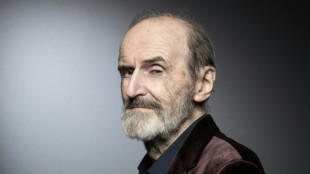
-
 Fritz sees off Musetti in ATP Finals
Fritz sees off Musetti in ATP Finals
-
US strikes on alleged drug boats kill six more people

-
 Sarkozy released from jail 'nightmare' pending appeal trial
Sarkozy released from jail 'nightmare' pending appeal trial
-
COP30 has a mascot: the fiery-haired guardian of Brazil's forest
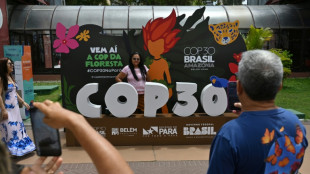
-
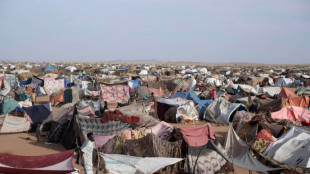 The Sudanese who told the world what happened in El-Fasher
The Sudanese who told the world what happened in El-Fasher
-
Three things we learned from the Sao Paulo Grand Prix

-
 ASC acquire majority share in Atletico Madrid
ASC acquire majority share in Atletico Madrid
-
Ferrari boss tells Hamilton, Leclerc to drive, not talk

-
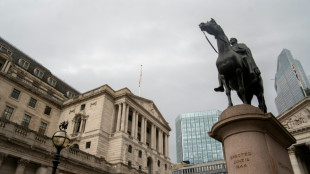 Bank of England seeks to 'build trust' in stablecoins
Bank of England seeks to 'build trust' in stablecoins
-
China suspends 'special port fees' on US vessels for one year

-
 French court frees ex-president Sarkozy from jail pending appeal
French court frees ex-president Sarkozy from jail pending appeal
-
No link between paracetamol and autism, major review finds
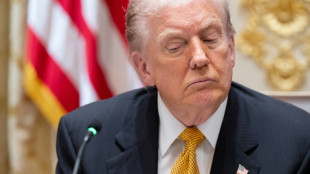
-
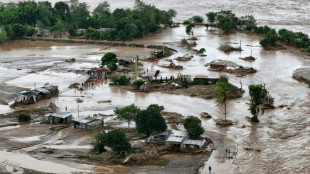 Typhoon Fung-wong floods Philippine towns, leaves 5 dead in its wake
Typhoon Fung-wong floods Philippine towns, leaves 5 dead in its wake
-
France's Sarkozy says prison a 'nightmare' as prosecutors seek his release

-
 Guinness maker Diageo picks new CEO after US tariffs cloud
Guinness maker Diageo picks new CEO after US tariffs cloud
-
China suspends 'special port fees' on US vessels

-
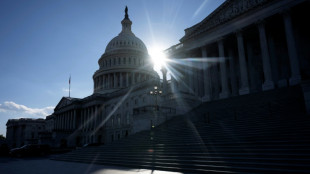 US senators take major step toward ending record shutdown
US senators take major step toward ending record shutdown
-
Typhoon Fung-wong leaves flooded Philippine towns in its wake
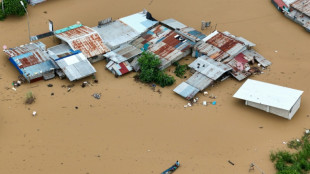
-
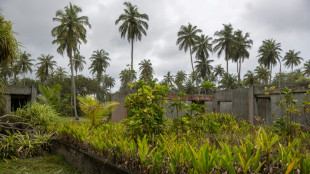 From Club Med to Beverly Hills: Assinie, the Ivorian Riviera
From Club Med to Beverly Hills: Assinie, the Ivorian Riviera
-
The 'ordinary' Arnie? Glen Powell reboots 'The Running Man'

-
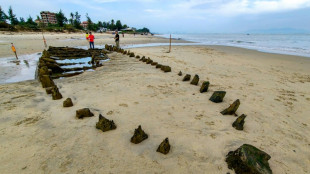 Typhoon exposes centuries-old shipwreck off Vietnam port
Typhoon exposes centuries-old shipwreck off Vietnam port
-
French court to decide if ex-president Sarkozy can leave jail

-
 China lifts sanctions on US units of South Korea ship giant Hanwha
China lifts sanctions on US units of South Korea ship giant Hanwha
-
Japan death row inmate's sister still fighting, even after release
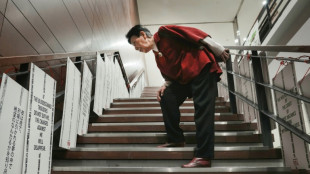
-
 Taylor sparks Colts to Berlin win as Pats streak hits seven
Taylor sparks Colts to Berlin win as Pats streak hits seven
-
Dreyer, Pellegrino lift San Diego to 4-0 MLS Cup playoff win over Portland

-
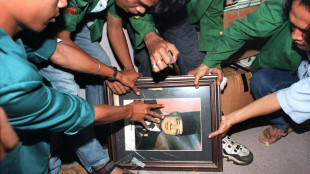 Indonesia names late dictator Suharto a national hero
Indonesia names late dictator Suharto a national hero
-
Fourth New Zealand-West Indies T20 washed out
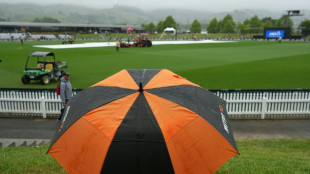
-
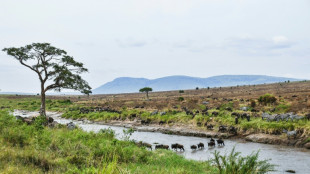 Tanzania Maasai fear VW 'greenwashing' carbon credit scheme
Tanzania Maasai fear VW 'greenwashing' carbon credit scheme
-
Chinese businesswoman faces jail after huge UK crypto seizure

-
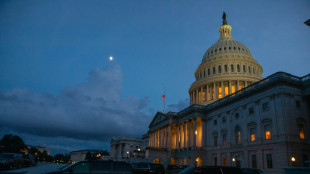 Markets boosted by hopes for deal to end US shutdown
Markets boosted by hopes for deal to end US shutdown
-
Amazon poised to host toughest climate talks in years

-
 Ex-jihadist Syrian president due at White House for landmark talks
Ex-jihadist Syrian president due at White House for landmark talks
-
Saudi belly dancers break taboos behind closed doors
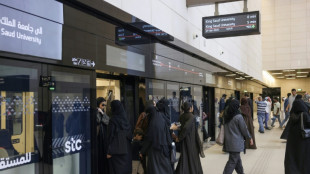
-
 The AI revolution has a power problem
The AI revolution has a power problem
-
Big lips and botox: In Trump's world, fashion and makeup get political

-
 NBA champion Thunder rally to down Grizzlies
NBA champion Thunder rally to down Grizzlies
-
US senators reach deal that could end record shutdown
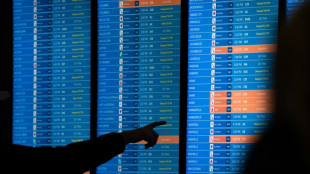
-
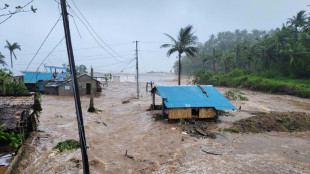 Weakening Typhoon Fung-wong exits Philippines after displacing 1.4 million
Weakening Typhoon Fung-wong exits Philippines after displacing 1.4 million
-
Lenny Wilkens, Basketball Hall of Famer as player and coach, dies

-
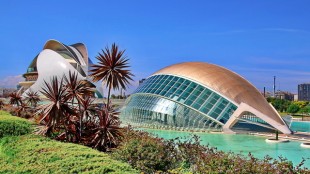 Athos Therapeutics and Xeptiva Therapeutics Announce Partnership to Discover Vaccine Biomarkers with the AthosOmics.AI Platform
Athos Therapeutics and Xeptiva Therapeutics Announce Partnership to Discover Vaccine Biomarkers with the AthosOmics.AI Platform
-
LiberNovo Launches Black Friday Savings: Redefine Your Workspace for Health

-
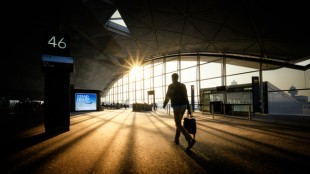 Montlick Partners with 11Alive for Veterans Day Telethon Benefiting Top Dogg K9 Foundation
Montlick Partners with 11Alive for Veterans Day Telethon Benefiting Top Dogg K9 Foundation
-
Envirotech Secures 80-Drone Deposits, Rapidly Expanding Drone Business
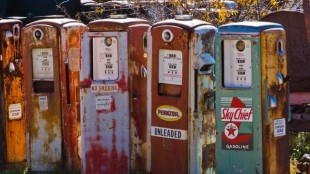
| RIO | 0.69% | 69.81 | $ | |
| CMSC | 0.27% | 23.915 | $ | |
| NGG | -0.91% | 77.052 | $ | |
| GSK | 0.33% | 46.785 | $ | |
| BTI | 0.32% | 54.765 | $ | |
| AZN | 1.92% | 86.235 | $ | |
| RYCEF | 0.13% | 14.82 | $ | |
| SCS | -0.06% | 15.75 | $ | |
| RBGPF | 0% | 76 | $ | |
| BCC | -1.25% | 69.77 | $ | |
| VOD | 0.47% | 11.635 | $ | |
| BP | 0.15% | 36.635 | $ | |
| CMSD | 0.21% | 24.15 | $ | |
| RELX | -1.04% | 41.835 | $ | |
| BCE | -1.35% | 22.88 | $ | |
| JRI | -0.36% | 13.691 | $ |

Cities under strain: India's predicted urban boom
India is projected to see an explosion in its urban population in the coming decades, but its cities already cannot cope and climate change will make living conditions harsher still.
The metropolis of Mumbai, one of India's biggest, grew by some eight million people in the past 30 years -- the rough equivalent of the whole of New York City -- to a population of 20 million, and is forecast to add another seven million by 2035.
Like other Indian megacities, Mumbai's housing, transport, water and waste management infrastructure has not kept pace, with around 40 percent of people living in slums.
These crowded collections of ramshackle buildings, side by side with some of India's richest neighbourhoods, often have no regular water, power supply or proper sanitation.
As the world's population approaches eight billion, most of them in the developing world, it is a situation replicated globally.
Those living on the outskirts of Mumbai commute for hours to work, with many hanging out of doors on packed trains, and others travelling by car or motorbike on clogged, pothole-filled roads that flood during the monsoon.
In the biggest slum, Dharavi of "Slumdog Millionaire" fame, where a million people live, Mohammed Sartaj Khan arrived from rural Uttar Pradesh as a teenager and works in a tannery.
"My childhood was wonderful in the village. It has a peaceful environment unlike the crowd here," Khan, now 35, told AFP in Dharavi's warren of lanes.
"When I came here, I saw people running like ants," he said. "The way ants keep walking in their lanes despite the crowd... Nobody cares about others."
But in his village, he added, "people don't have money".
At first, he earned 6,000 rupees ($70) a month in Mumbai but now operates a machine and makes four times that, most of which he sends back to his wife and children -- whom he can seldom afford to visit.
- Premature deaths -
The UN projects that India's population will rise from its current 1.4 billion to overtake China's and peak at 1.7 billion in the 2060s, before dropping back to 1.5 billion by the start of the next century.
By 2040, 270 million more people will live in Indian cities, according to the International Energy Agency, driving carbon emissions higher from power generation and transport, and from the production of steel and concrete to house them.
Overcrowding, shoddy infrastructure and severe air, water and noise pollution are part of everyday life in India's megacities.
About 70 percent of the billions of litres of sewage produced in urban centres every day goes untreated, a government report said last year.
Every winter, the capital New Delhi, home to 20 million people, is cloaked in toxic air pollution that, according to one Lancet study, caused almost 17,500 premature deaths in 2019.
- Droughts and floods -
Millions of people in Indian cities have no regular running water and rely on deliveries by truck or train.
People in Delhi and elsewhere are digging ever-deeper wells as groundwater levels sink.
Chennai in southeastern India ran out of water in the summer of 2019, a crisis blamed on both insufficient rains and urban sprawl onto former wetlands.
At the same time, urban flooding is increasingly frequent.
The tech hub of Bengaluru -- formerly Bangalore -- has some of India's worst traffic congestion and saw inundations in September blamed on unauthorised construction.
Natural catastrophes are forecast to cause more and more misery for India's cities as the planet's climate warms and makes weather more volatile.
Scientists believe the annual monsoon rainy season is becoming more erratic and more powerful, causing more flooding and also more droughts.
Rising temperatures are making Indian summers ever more scorching, particularly in urban areas full of concrete trapping the heat. This year, India saw its hottest March on record.
And while Covid-19 did not affect India's slums as badly as some had feared, overcrowding puts them at risk in future epidemics.
Poonam Muttreja from the Population Foundation of India said more investment in the rural economy could stem migration to cities, while new incentives could encourage people to move to smaller urban centres.
"Poor people, especially migrants in cities, are at the worst risk of climate change, whether it is the changes in the weather or flooding, jobs, lack of infrastructure," Muttreja told AFP.
"India has to have a paradigm shift. And instead of complaining, we need to start doing something."
T.Ward--AMWN